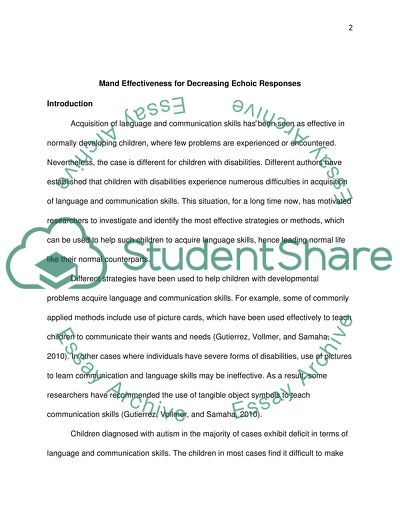Cite this document
(“Mand Training effectiveness for decreasing echoic responses Research Paper”, n.d.)
Retrieved from https://studentshare.org/health-sciences-medicine/1443670-mand-training-effectiveness-for-decreasing-echoic-responses
Retrieved from https://studentshare.org/health-sciences-medicine/1443670-mand-training-effectiveness-for-decreasing-echoic-responses
(Mand Training Effectiveness for Decreasing Echoic Responses Research Paper)
https://studentshare.org/health-sciences-medicine/1443670-mand-training-effectiveness-for-decreasing-echoic-responses.
https://studentshare.org/health-sciences-medicine/1443670-mand-training-effectiveness-for-decreasing-echoic-responses.
“Mand Training Effectiveness for Decreasing Echoic Responses Research Paper”, n.d. https://studentshare.org/health-sciences-medicine/1443670-mand-training-effectiveness-for-decreasing-echoic-responses.


